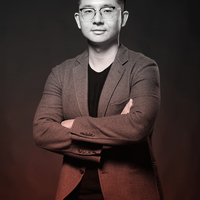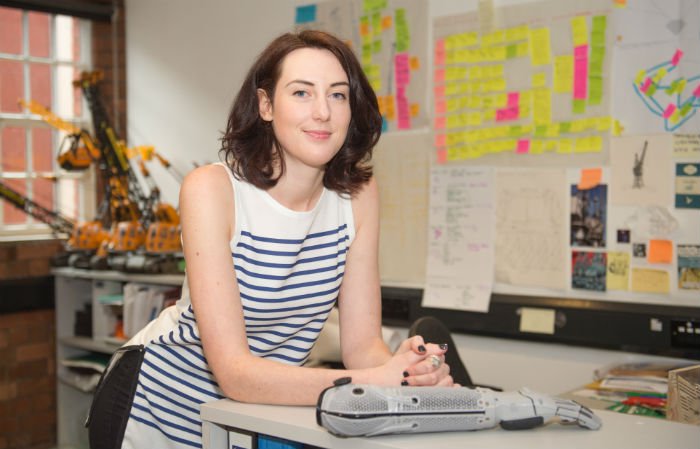Arm prostheses for children and young people are not very common. To their high cost you have to add the fact that, as the user grows, the prosthesis becomes obsolete and would have to be changed for another adult-sized one. This is something that does not add up in financial terms if you take into account that the price of the smallest models varies from €28,000 to €90,000. And the cheaper versions are not particularly workable. But the situation of these young people could change thanks to Open Bionics and their Hero Arm. This company, which has won awards from the United Kingdom’s Limbless Association, has managed to create a prosthesis using 3D printing, which costs between €5,000 and €10,500.
The price is not the only difference between Hero Arm and other types of prosthetics. Open Bionics’ philosophy is that it’s not necessary for a person who is born without a limb to acquire a prosthesis, rather it is an option. Because of this, they consider theirs as a wearable that converts the children who wear one into bionic superheroes. Another strong point of Hero Arm is that there is no standard model - each prosthetic is unique, just like the people who wear them. And thanks to an agreement with Disney, the youngest children can choose to have designs from Marvel and Frozen for their bionic superarms.
Open Bionics assure us that in their view it is essential to create each prosthetic together with the wearer. For this reason they organise discussions with people who may need this kind of prosthesis. The production process also separates them from traditional designs, given that 3D printing allows the ultimate cost of the prostheses to be quite low. Their way of working and the existing need have led the British health system to back Open Bionics and contribute to their financing.
Behind Open Bionics is one of its co-founders: Samantha Payne. This journalist, specialised in technology and with experience in the digital world, was closely following the entrepreneurial ecosystem until she became a part of it. Now, she is considered one of the world’s 25 leading women in robotics. And thanks to her project, she has just become one of the Innovators Under 35 Europe 2018 from MIT Technology Review. She is also one of Marie Claire’s Top Women in Tech. Payne explains that she has brought creativity to Openbionics and in five years’ time she sees herself solving other problems related to health and technology.
Sven Maricic, Vice Chancellor of Technology at the University of Pula (Croatia) and a member of the jury for Innovators Under 35 Europe 2018, believes that Payne "demonstrates excellent abilities in business and leadership". As for the project, the judge thinks that "it brings great value to young patients. It allows them to have a prosthesis with super-powers with the help of new technologies".
By Olga Rodríguez
Translation: Lisa Rushforth




